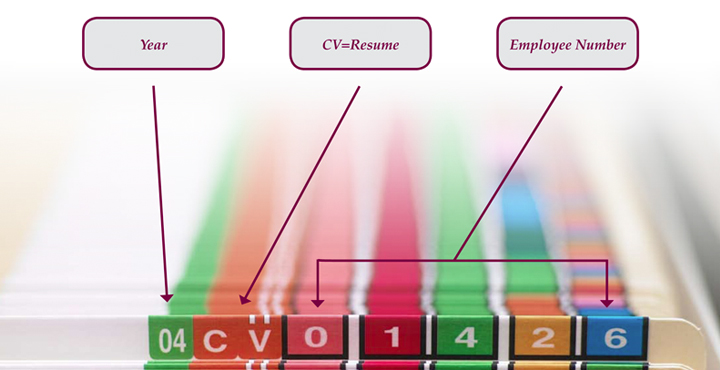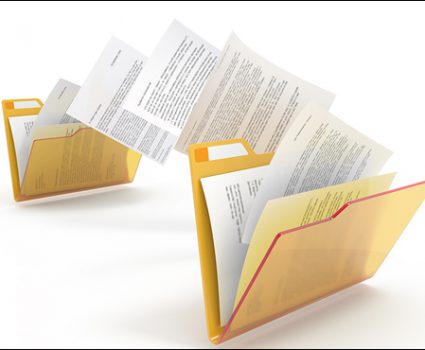
Six steps to improve your file classification- Part 1
When it comes to effectively managing files, a functional classification system is the most efficient way to go. This two-part post presents the basic principles of file classification along with practical strategies for developing and implementing the right system. In part one we will discuss where to begin and strategies for subdividing your files.
Step 1 — Start with the business function
Professional record managers talk a lot about “functional records classification” and for good reason. We file documents as support for business functions and daily activity. Later, if there is an audit or lawsuit, we use files as evidence to defend those activities. It makes sense to incorporate those functions and activities into the filing system itself.
The most common method for incorporating functions and activities into a filing system is to start with function and work downward. The highest level of the filing hierarchy should consist of broad, organization-wide functions such as “Financial Management” or “Environmental Protection.”
Each function then breaks down into more concrete activities, which define the major collections or other groups that populate your file room or electronic repository.
Step 2 — Subdivide when necessary
The whole point of a classification system is to divide files into categories, which makes it easier to locate files. If a category contains so many files that it’s difficult to pinpoint a specific file, you need to further divide those files into subcategories.
Just make sure to add subcategories when they add value – multiple layers of subcategories can lead to an overly complex system that is difficult to use.
Step 3 — Subdivide consistently
Just as too many subcategories can make a filing system less effective, defining those categories inconsistently can make it completely unusable. When you subdivide a category, make sure all subcategories are defined according to the same filing element.
In part two of this post we will discuss the importance of proper retention schedules and effective coding strategies.
Next Steps
- Can’t wait for next week’s post? Download our guide now, Six simple tips for file classification
- Use our helpful assessment tool to assess your current filing situation
- In need of high-quality filing supplies? Check out our catalog of stock file folders, labels, pockets and more at shop.tab.com »
- Get in touch with a TAB expert today





